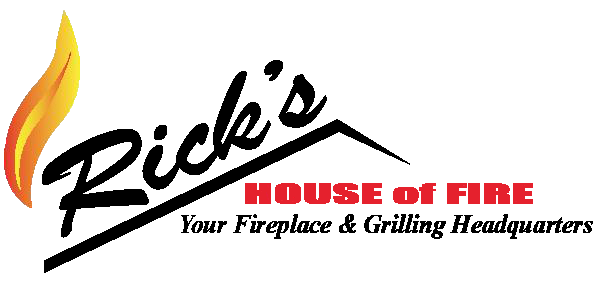A Common Cause of a Chimney Leak: Flashing
A leaky chimney can cause all sorts of problems which require costly repair. When we go on service calls related to leaks in the chimney system, we often find that the source of the trouble is faulty flashing. The flashing is sheet metal installed for the purpose of ensuring that the connection between the chimney and roof is watertight, but the effectiveness of flashing eventually expires. The best way to avoid moisture issues caused by flashing is to get an annual chimney inspection; every aspect of the chimney system is carefully inspected.
How is Flashing Installed?
Typically, flashing consists of two metal panel parts. The step or base flashing is the first part and is installed underneath a shingle and bent upward against the brick chimney. Upon inspection of the L-shaped sections of base flashing, we often find holes and cracks.
The second piece of flashing is called counter flashing. This piece is bent down over the step flashing and also cuts back and is embedded into a chimney mortar joint at the top and caps or seals off the top portion of the step flashing.
The installation of flashing can be challenging; in particular, corners tend to be vulnerable. Even with top quality installation, there is a small spot to which high-quality urethane caulking should be applied, to complete the waterproofing aspect of the process. If leakage around flashing isn’t allowed to go on very long, it’s possible that re-application of caulk is all that may be needed. But if the flashing materials are not properly overlapped, the problem can’t be fixed with caulk.
The type of metal used for flashing varies according to region and cost. In the south galvanized steel and aluminum are the standard choices and on some high-end installations copper is used. Copper is the best material for flashing because it’s durable and the corners form a more watertight connection, since they can be soldered. Masons in the Northeast tend to favor lead flashing since it is a soft metal that can easily be bent to shape. No matter what type of material is used, correct layering during installation is essential to form a watertight connection.
Are There Warning Signs that Flashing Needs Repair or Replacement?
Leaks around the chimney are not always evident right away but they can cause serious structural damage. Moisture enters the roofing, the attic, and possibly the ceiling areas causing wood rot, roof damage, attic damage, and drywall damage in the ceilings. It’s a good idea to inspect the chimney area in the attic every six months to a year, to be sure that there are no signs of leakage.
Our chimney professionals carefully scrutinize chimney flashing during inspections. When a chimney is especially vulnerable to moisture because it’s at the bottom of a roof slope, we typically install a cricket, which is a roofing term for a triangle shaped diversion roof built behind the chimney at the roofline. Crickets help to ensure that the flashing can do its job well, keeping moisture from entering the home where the roof and chimney connect.
If you need a chimney cleaning, chimney inspection, or flashing repair, contact us today!
